Journey to Antarctica
Guest KASL blogger: Sam Northern
Teacher-Librarian (Simpson Elementary School) samuel.northern@simpson.kyschools.us
As a Lindblad Expeditions and National Geographic Grosvenor Teacher Fellow, I was given the adventure of a lifetime in Earth’s last great wilderness. For six days I voyaged along the Antarctic Peninsula, taking in the ice, mountains, and abundance of wildlife. The expedition was both personally satisfying and professionally rewarding. The Grosvenor Teacher Fellowship has given me the confidence and knowledge needed to develop a strong geography library collection as well as instructional sequences that foster students’ appreciation for nature.
The Fellowship
The Grosvenor Teacher Fellow Program was established to honor former National Geographic Society Chairman Gilbert M. Grosvenor’s lifetime commitment to geographic education. Fellows travel aboard the Lindblad-National Geographic fleet for a one-of-a-kind field experience to the Arctic, British and Irish Isles, the Galapagos, or Antarctica.
Journey to the White Continent
I began my journey on December 17 with a flight from Nashville, Tennessee to Miami, Florida. From there I traveled to Buenos Aires, Argentina for a tour of the country’s capital. The next day we flew to what is known as the gateway to Antarctica: Ushuaia, Argentina. There in Ushuaia, the southernmost city in the world, I boarded the National Geographic Explorer, a 367-foot long ship that became my home during the expedition.
Even though our expedition had an itinerary, you never quite knew what was going to happen each day. Our agenda quickly changed depending on if the ice was too thick or if wildlife was spotted nearby. The natural elements made sure to have a say in our daily activities. One morning we awoke to a 5 a.m. announcement informing us that humpback whales could be seen feeding on krill at the front of the ship. Another day, the ship changed course to follow type A killer whales, the top Antarctic predator. These orcas were as curious of us as we were of them. One headed straight for the ship’s bow just to turn on its back to reveal its pearly white belly.
The continent of Antarctica can boast that it’s the coldest, driest, and windiest continent on Earth. Fortunately, my Antarctic excursion was during the southern hemisphere’s summer, so temperatures ranged between 30 and 40 degrees. This is not to say that I did not feel the cold. Wearing just a t-shirt and swim trunks, I jumped into the 29-degree water as part of a polar plunge. I was determined to take in the entire Antarctic experience. I mean, when would I ever return? So, I was sure to take full advantage of every opportunity to kayak around icebergs, hike on glaciers, and photograph recently hatched chicks.
Promoting Geographic Education
Seeing the beauty of Antarctica was what transformed my perspective of not just this polar region, but of all Earth’s geography. My photographs and a 360-degree camera supplied by National Geographic enhanced my students’ experience of the ice, the terrain, and the wildlife. When I got back, a Google Cardboard virtual reality viewer caused my students to cry out in joy as they turned around to find penguins wobbling down a hill towards the ocean’s shore.
One of my major goals of the Grosvenor Fellowship was to develop a library curriculum that embeds opportunities for students to research places in order to nurture a global perspective. The knowledge I gained about geography has supported student research projects that embrace aspects of physical Earth and the animals who settle it. For one classroom action plan, third graders wrote narratives in the form of puppet shows, comic strips, and digital picture books about an Antarctic animal who leaves to go to another continent to meet other animals. The story’s Antarctic protagonist tries to adapt to its new environment before returning home. Students used print and digital resources from the library to seek information on their featured animals and habitats. Students applied their research to the narrative to make events and dialogue convincing. The infusion of narrative writing in a captivating research project heightened students’ motivation for learning about Earth and its major regions.
In another lesson, students measured Antarctic animals and compared them to other wildlife by marking their length on the floor of the library. Students were shocked to learn that a humpback whale wouldn’t even fit between the library walls. During library centers students built penguin habitats with building blocks, read eBooks on whales and seals from Epic!, followed step-by-step directions to draw a penguin, and measured distances from Antarctica to other continents using the National Geographic Mapmaker Interactive.
My Antarctic expedition has been invaluable to my students’ mastery of information-seeking strategies. The fellowship even instigated a special student program called, Research Ambassadors. The program is designed to give one student from each homeroom the research skills necessary to help fellow classmates conduct research back in the classroom. Ambassadors learn and practice the skills of a good researcher by engaging in a project where they use a variety of sources to learn about a country of their choosing. Students become explorers as they retrieve and use information presented textually, visually, and digitally.
My voyage to Antarctica proves the power of first-hand experiences. I had the honor of traveling to one of the most remote and pristine landscapes on Earth—a place very few people have ever been. You can read about my entire Antarctica expedition by visiting my blog www.journey2antarctica.blogspot.com. There you will find stories, photos, videos, library instruction, and more. I encourage you to apply for the Grosvenor Teacher Fellowship in future years!
Bio:
Sam Northern is a teacher-librarian at Simpson Elementary School in Franklin, Kentucky. He is currently the Mentoring Chair for the Kentucky Association of School Librarians. Follow him on Twitter @Sam_Northern and visit his blog www.misterlibrarian.com.
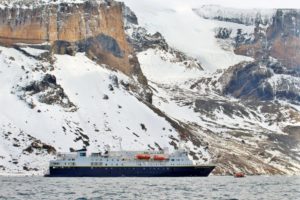
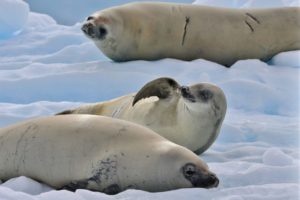
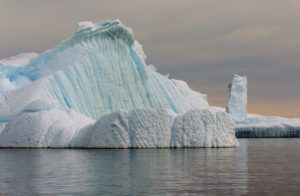
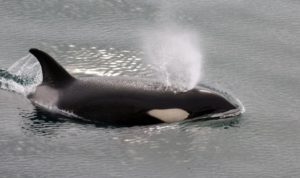
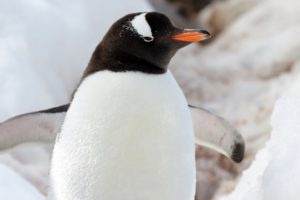
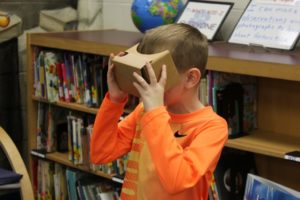
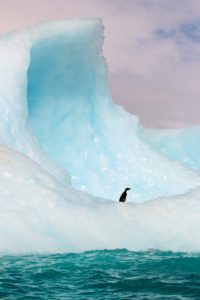
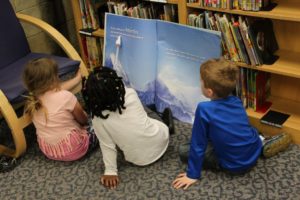
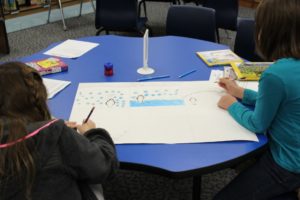
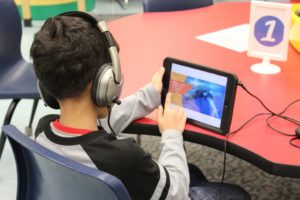
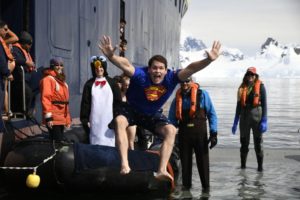
Would you like to share your thoughts?
Your email address will not be published. Required fields are marked *